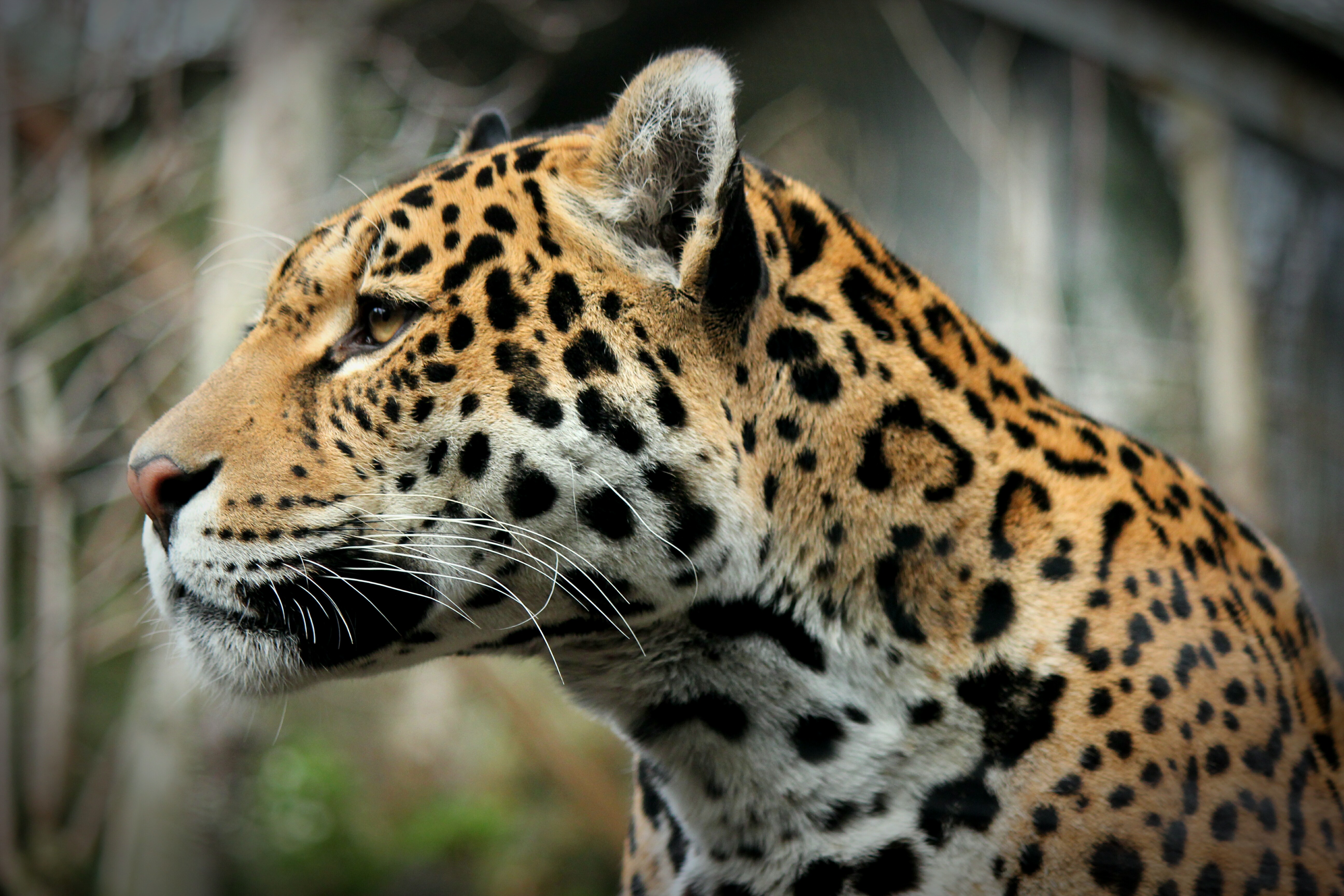Free Photography Bundle ($180 value): PS actions, LR presets, photo overlays, & print templates!
Get it here.
Wildlife and animal photography in general is a pretty popular style of photography. People are naturally gravitated towards animals, so this comes as no surprise. But taking great wildlife photos can be extremely tricky. Here are few simple tips that can help set you up for success!

Use The Right Gear
I usually really enjoy a good challenge or two, but when you’re photographing wildlife, using the right gear can make things much more uncomplicated and give you better photos. And when you’re just trying to learn the basics, there’s not a lot of sense in making things more difficult than it needs to be. Here’s a list of some of the most essential basic pieces of equipment I recommend for photographing wildlife.
- DSLR or comparable interchangeable lens camera — not to say it’s impossible, but in most cases, your smartphone isn’t going to give the results you are hoping for. A camera which you can change lenses out and make advanced exposure setting adjustments will take you much further.
- Telephoto lens — necessary to keep distance between you and wildlife for safety reasons, while still allowing you to get close up shots
- Tripod — Good lighting usually happens early in the morning or late in the evening. Unfortunately, that also means low light, which can make it impossible to get sharp and steady handheld shots. You need a tripod to be able to hold the camera steady and benefit from slower shutter speeds.
Pay Attention To The Background
This is one of the trickier aspects of wildlife photography because you are somewhat at the mercy of where the animals you are photographing decide to place themselves. However, always try to pay attention to the background and position yourself in a spot you can shoot from that has a nice clean background to avoid introducing distractions into your photos.
When this isn’t possible, consider adjusting your aperture down to a small f number (wider aperture opening). This will create more background blur, or what is commonly referred to as bokeh. This can help erase away background distractions, keeping the viewers eye on the subject of your photo. A wide aperture will also allow you to shoot with faster shutter speeds and help eliminate motion blur.

However, when you’re doing this, just make sure you’re not sacrificing too much depth of field, you still want the subject to be sharp and in focus!
Use Back Button Focus
Fast auto focus is a godsend to wildlife photographers, especially when they are photographing animals that tend to move around. I prefer to use back button focus–or rear button focus–so autofocus works separately from the shutter butter.
Practice!
It all comes down to practice! Even if going on safaris on a regular basis isn’t in the works for you, there are still plenty of opportunities in our everyday lives to get in some practice sessions. In fact, this can be as easy as stepping out into your own backyard and using your dog as a practice subject! You could visit a local park and try your hand at photographing the birds and animals you see. Or, if you want a slightly more exotic variety of animals, take a trip to your local zoo.
There are opportunities to practice wildlife all around, even in the city!


